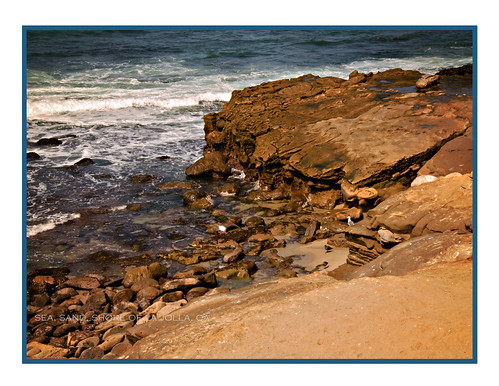And where would I be without You
I'd be packing my bags when I need to stay
I'd be chasing every breeze that blows my way
I'd be building my kingdom just to watch it fade away
Its true
That's me without you
That's me without you
That's me without you
Dont know where I'd be without you ~ TOBY MAC
"REMEMBERING YOUR LOST LOVE ONES"
HISTORICAL INFORMATION
Situated in San Diego County on the Fort Rosecrans Military reservation, the cemetery is located approximately 10 miles west of San Diego, overlooking the bay and the city.
Many Fort Rosecrans interments date to the early years of the California Territory, including the remains of the casualties of the battle of San Pasqual. Shortly after the United States declared war on Mexico in May 1846, Brigadier Stephen Watts Kearney was tasked with conquering Mexico’s northern provinces, New Mexico and California. While Kearny demonstrated his considerable gift for administrative command with his acquisition of the New Mexican territory, he faced a more difficult task in California. Expecting a show of force from the Mexican Californios, Kearney set out west from New Mexico. Upon reaching California, Kit Carson intercepted him and his men, who informed him the territory had been taken by American settlers in the Bear Flag Revolt. Kearney sent 200 of his men back to New Mexico with the news and continued forward with one-third of his force. Unfortunately, the success of the revolt had been exaggerated and, before reaching their destination, Kearney and his men encountered a group of Californios intent on keeping more U.S. troops out of their homeland.
In the subsequent Battle of San Pasqual, 19 of Kearney’s men and an untold number of Californios lost their lives. Initially, the dead were buried where they fell, but by 1874 the remains had been removed to the San Diego Military Reservation. Eight years later, the bodies were again reinterred at what is now Fort Rosecrans National Cemetery. In 1922, the San Diego chapter of the Native Sons and Daughters of the Golden West had a large boulder brought from the battlefield and placed at the gravesite with a plaque affixed that lists the names of the dead.
Another notable monument in Fort Rosecrans National Cemetery commemorates the deaths of 62 sailors in a boiler explosion aboard the USS Bennington. The Bennington, which had just returned from maneuvers in the Pacific, was anchored in San Diego Harbor. On July 21, 1905, the crew was ordered to depart in search for the USS Wyoming, which had lost a propeller at sea. At approximately 10:30 a.m., an explosion in the boiler room ripped through the ship, killing and wounding the majority of the crew. Two days later the remains of soldiers and sailors were brought to the post cemetery and interred in an area known as Bennington Plot.
Fort Rosecrans became a National Cemetery on Oct. 5, 1934. The decision to make the post cemetery part of the national system came, in part, due to changes in legislation that greatly increased the number of persons eligible for burial in a national cemetery. Grave space in San Francisco National Cemetery then grew increasingly limited. In addition, southern California was experiencing a phenomenal population growth during this period, and there was a definitive need for more burial sites. www.cem.va.gov/cems/nchp/ftrosecrans.asp




